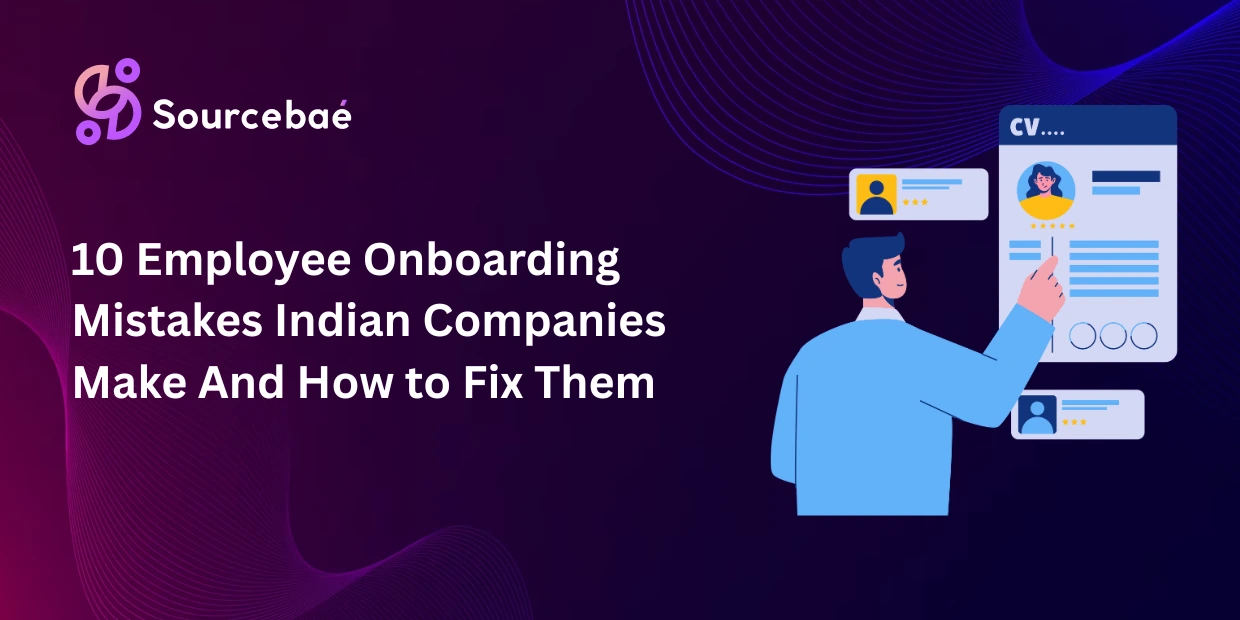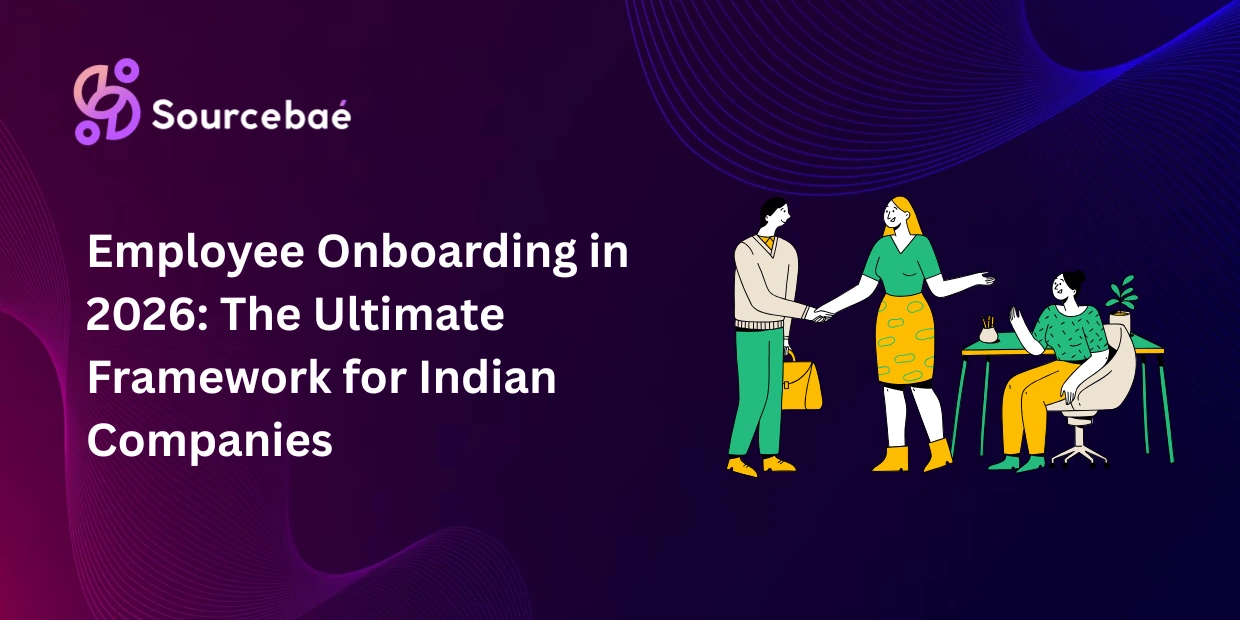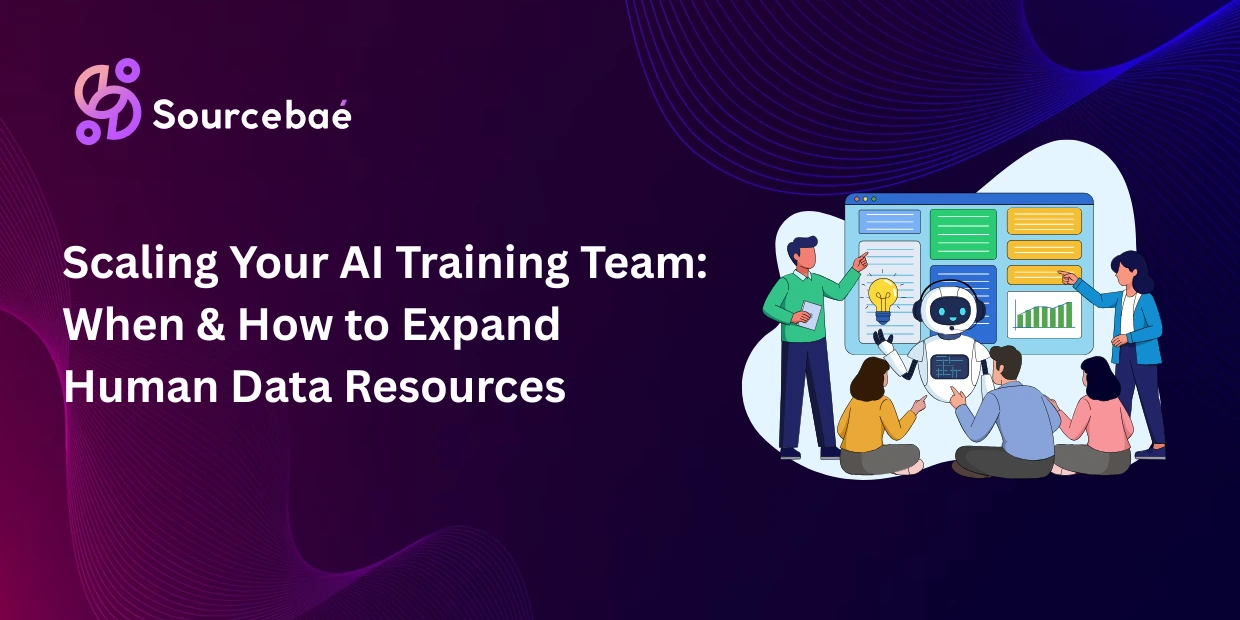Resume parsing is an automated process that extracts structured information from resumes and CVs. By converting unstructured text into standardized data, resume parsers power applicant tracking systems (ATS) and speed up hiring. This blog explains how resume parsing works, highlights its benefits, and shows why it matters for recruiters and HR teams.
What Is Resume Parsing?
Resume parsing, also called CV parsing, uses advanced algorithms—often based on AI and NLP—to scan resumes. It identifies key fields such as name, contact details, work history, education, skills, and certifications. Parsed data is then stored in a database or an ATS software dashboard. As a result, recruiters can quickly filter and search candidate profiles.
How Resume Parsing Works
Resume parsing transforms unstructured resume documents into structured data by following five key steps:
Document Ingestion
The parser accepts resumes in multiple formats—PDF, DOCX, TXT, and even scanned images. When handling images, it applies OCR (optical character recognition) to convert pixels into text.
Preprocessing & Cleaning
Extracted text often includes headers, footers, and formatting artifacts. The system normalizes fonts, removes noise (e.g., page numbers), and standardizes line breaks to prepare for analysis.
Natural Language Processing (NLP)
- Tokenization splits text into words and punctuation.
- Part-of-Speech Tagging labels each token (noun, verb, date).
- Named Entity Recognition identifies names, dates, organizations, and locations.
- Semantic Analysis groups synonyms and related phrases (e.g., “B.Sc.” and “Bachelor’s Degree”).
Field Mapping & Extraction
Machine learning models match identified entities to predefined fields:
- Personal Information (name, email, phone)
- Work Experience (job titles, employer names, dates)
- Education (degrees, institutions, graduation years)
- Skills & Certifications – Parsers may use custom rules or dictionaries to capture niche skills and acronyms.
Validation & Output
Extracted data undergoes validation checks—ensuring date formats conform to ISO standards, email addresses are valid, and required fields are present. Finally, structured output is generated (JSON, XML) and fed into an applicant tracking system (ATS) or HRIS for seamless searching, filtering, and reporting.
By automating these steps, resume parsing accelerates candidate screening, reduces manual errors, and delivers consistent, actionable data for talent acquisition teams.
Why Resume Parsing Matters
Resume parsing matters because it significantly enhances the recruitment process by automating the extraction and organization of candidate information, saving time, improving data accuracy, and enabling better hiring decisions. Key reasons why resume parsing is important include:
Time Efficiency:
It drastically reduces the time recruiters spend manually reviewing resumes by automatically sorting and filtering candidates based on relevant keywords and qualifications. This can speed up screening by up to 80%, allowing HR teams to focus on interviewing and outreach.
Improved Accuracy and Consistency:
Resume parsing software minimizes human error in data entry and ensures standardized, structured candidate information. This leads to more reliable comparisons between candidates and reduces the chance of overlooking qualified applicants.
Scalability:
It supports handling large volumes of applications effortlessly, which is essential for companies experiencing rapid growth or high recruitment demand. This scalability makes it practical to manage thousands of resumes quickly without proportional increases in HR resources.
Enhanced Candidate Experience:
Faster processing and accurate parsing mean candidates receive timely feedback, boosting their satisfaction and employer brand reputation.
Better Search and Filtering:
Structured data from parsing enables recruiters to perform smart searches and filters based on specific skills, education, or experience, improving talent matching and hiring quality.
Cost Savings:
Automating repetitive screening tasks reduces administrative overhead and lowers cost per hire.
Compliance and Reporting:
Standardized and stored candidate data simplifies audit trails and ensures adherence to legal hiring regulations such as EEOC and GDPR.
Integration with ATS and HR Systems:
Resume parsing integrates seamlessly with applicant tracking systems, centralizing recruitment workflows for better collaboration and data-driven hiring decisions.
Overall, resume parsing transforms recruitment into a faster, more accurate, and scalable process, empowering HR teams to find the best candidates efficiently while enhancing compliance and candidate experience.
Key Benefits of Resume Parsing
Key benefits of resume parsing include significant time savings, improved accuracy, enhanced hiring efficiency, better candidate experience, and scalability for handling large applicant volumes. Resume parsing software automatically extracts and organizes candidate data, drastically reducing manual review time by up to 80%, which lets recruiters focus on interviewing and outreach. It minimizes human error in data entry, ensuring consistent and reliable candidate information that improves comparisons and reduces the chances of overlooking qualified applicants.
Other important benefits include:
- Efficiency Gains: Automates repetitive screening tasks, accelerating the hiring process and reducing cost per hire.
- Improved Data Quality: Structured resume data enables smart search and filtering based on job-specific criteria.
- Enhanced Candidate Experience: Faster processing and real-time feedback improve candidate satisfaction and employer brand reputation.
- Scalability: Supports large-scale recruitment drives by efficiently processing thousands of resumes.
- Compliance and Reporting: Standardized data simplifies audit trails and legal compliance, including EEOC and GDPR requirements.
- Integration: Seamlessly integrates with Applicant Tracking Systems (ATS) and HRIS platforms to centralize recruitment workflows.
- Supports Multilingual and Various Formats: Parsing tools handle multiple document types and languages, ensuring inclusivity and accuracy across diverse applicants.
- Reduced Cost and Resource Use: Automating initial screening cuts administrative overhead and allows HR staff to focus on strategic tasks.
Overall, resume parsing is a strategic asset that streamlines recruitment, improves hiring decisions, and enhances candidate engagement while saving time and resources for HR teams.
Best Practices for Implementing Resume Parsing
Choose the Right Parser
Evaluate resume parsing software based on:
- Parsing accuracy
- Supported file types
- API integration ease
- Multilingual support
Optimize Your Job Postings
Craft clear job descriptions with relevant keywords. A well-structured job posting improves parser matching and attracts qualified candidates.
Maintain Data Privacy
Ensure your system encrypts data at rest and in transit. Comply with regional regulations like GDPR and CCPA to protect candidate information.
Integrate with ATS and HRIS
A unified applicant tracking system centralizes parsed data, streamlining recruitment workflows. Seamless integrations enhance data enrichment and reporting.
Common Challenges and Solutions
Certainly! Here’s a table summarizing the common challenges in resume parsing along with their solutions:
| Challenge | Description | Solution |
|---|---|---|
| Inconsistent Formatting Across Resumes | Diverse resume formats (PDF, Word, images, creative layouts) cause data extraction errors. | Use AI-driven OCR and multi-format parsing tools; encourage simple resume formats like standard PDFs. |
| Misinterpretation of Sections | Non-standard or mixed sections confuse parsers, causing incorrect data categorization. | Employ advanced NLP and LLM-based parsers that understand context and various layouts. |
| Keyword Limitations and Ambiguity | Keyword reliance misses synonyms, jargon, or unconventional wording. | Train models on industry-specific terms; use semantic analysis to group related keywords. |
| Handling Creative and Complex Layouts | Graphics, multiple columns, unusual fonts challenge parsing accuracy. | Standardize submission guidelines; invest in parsers with pattern recognition and advanced segmentation. |
| Data Validation and Standardization | Inconsistent date formats, job titles, and field values reduce data quality. | Use validation rules and dictionaries to standardize formats and normalize entries. |
| Overreliance on Automation and Limited Human Judgement | Automated tools miss soft skills, cultural fit, and nuances; may filter qualified applicants. | Combine parsing automation with human review for balanced assessment. |
| Data Privacy and Security Concerns | Candidate data must comply with GDPR, CCPA, and other privacy laws. | Ensure encryption, compliance with regulations, and secure data handling protocols. |
| Bias and Fairness Issues | Parsing algorithms may introduce or amplify bias affecting diversity and inclusion. | Regularly audit algorithms, use diverse training data, and monitor for fairness. |
Let me know if you need a more detailed version or an expanded explanation for each item!
Future Trends in Resume Parsing
- Generative AI Enhancement: LLMs will summarize and rank candidates.
- Conversational AI Assistants: Chatbots will answer candidate queries in real time.
- Predictive Analytics: Systems will forecast candidate success based on parsed data patterns.
Here is an overview of the latest and best résumé parsing software in the market in 2025, along with details about Homans.ai and its AI recruiter, Saira:
Top Résumé Parsing Software in 2025
Airparser
- GPT-powered parsing that supports 60+ languages.
- Handles typed, scanned, and handwritten texts with advanced OCR.
- Seamless integration with tools like Zapier, Google Sheets, and Slack.
- User-friendly and cost-effective, starting at around $39/month.
- Excels at fast, accurate extraction and standardized data output.
Affinda
- Designed for high-volume hiring needs.
- Extracts over 100 fields with customization options for industry-specific terms.
- Outputs data in Excel, JSON, XML formats.
- Strong ATS integrations and good for large-scale recruitment.
Docparser
- Uses zonal OCR for precise data extraction from PDFs and images.
- Real-time webhook and multiple export formats.
- Great flexibility for document parsing workflows.
RChilli
- Supports over 40 languages and 140+ data fields.
- Uses deep learning and NLP for accurate parsing.
- Robust ATS and CRM integrations.
- GDPR compliant, suitable for global use.
Sovren (Textkernel)
- AI-powered, semantic enrichment, and multilingual (29+ languages).
- Advanced search and match features.
- Enterprise-grade security and strong global presence.
Parseur
- Advanced AI-driven, no manual training required.
- Extracts complex data, including tables, and supports emails.
- Offers free plans and easy integration with HR tools.
Skima AI
- Free plan available with over 200 candidate attributes parsed.
- Secure (SOC 2, GDPR compliant).
- Easy ATS/HRIS integration via API.
- Offers conversational AI chat search features for recruiters.
Homans.ai
- Homans.ai provides the AI-powered recruiter Saira, a smart video and conversation-driven AI interview platform that automates candidate screening and interviewing.
- Saira conducts structured video interviews covering verbal, behavioral, and technical assessments tailored to each job role.
- It scores candidates in real-time, providing detailed report cards with skills breakdown, communication, behavior ratings, and red flags.
- The AI recruiter uses facial and voice biometrics for identity verification and fraud detection.
- Supports multilingual interviews (five languages) and can scale to interview thousands of candidates simultaneously.
- Saira helps reduce hiring time by up to 10x and cuts recruitment costs by 90%, automating the entire initial hiring funnel from screening to scoring.
- It blends advanced AI with human-like interactions to ensure unbiased, consistent evaluations.
- Saira can integrate with ATS and talent acquisition platforms, sending bulk invites and managing interviews autonomously.
Tips for effective résumé parsing
Here are key tips for effective résumé parsing that align with industry best practices in 2025, incorporating relevant keywords such as resume parsing software, automated resume screening, resume parsing accuracy, and applicant tracking system (ATS) integration:
Use Advanced Parsing Techniques:
Opt for resume parsing software that combines keyword, grammar-based, and statistical models enhanced with AI and NLP. This hybrid approach increases resume parsing accuracy by understanding context rather than just keyword matching.
Support Multiple Formats and Languages:
Ensure the parsing tool handles diverse resume formats (PDF, DOCX, TXT, scanned images) and supports multilingual resume parsing. This inclusivity ensures no qualified candidate is missed due to format or language barriers.
Standardize Data Fields:
Define and customize key extraction fields such as contact details, work experience, education, skills, and certifications. Tailor fields to your industry needs for more relevant candidate profiles. Structured data output in formats like JSON or XML facilitates seamless integration with applicant tracking systems (ATS).
Automate Cleaning and Preprocessing:
Use software that preprocesses resumes by removing headers, footers, and formatting noise. Automated preprocessing improves extraction quality and consistency.
Validate and Normalize Extracted Data:
Employ parsers that validate critical fields (e.g., dates, emails) and normalize variations (e.g., date formats, company names). This reduces manual correction and enhances comparability across candidate data.
Combine Automation with Human Review:
While automated resume screening accelerates processing, combining it with recruiter oversight ensures soft skills, cultural fit, and edge cases are assessed carefully.
Ensure Privacy and Compliance:
Choose solutions compliant with GDPR and other privacy regulations to secure candidate data during parsing.
Optimize Job Postings and Candidate Instructions:
Use clear job descriptions with relevant keywords to improve parsing relevance. Encourage candidates to submit resumes in recommended formats (e.g., simple PDFs) to boost parsing success.
Monitor and Continuously Improve:
Periodically review parsing results and update custom fields or rules to keep pace with evolving recruitment needs and resume trends.
Implementing these best practices for resume parsing helps HR teams achieve higher accuracy, faster candidate screening, and better integration with recruitment technology, ultimately improving hiring quality and efficiency.
If you want, I can provide a focused list of actionable do’s and don’ts or a brief implementation checklist using these keywords.
Summary
The resume parsing landscape in 2025 is powered by advanced AI technologies like GPT, deep learning, NLP, and OCR, enhancing accuracy, speed, and scalability. Leading products like Airparser, Affinda, RChilli, and Sovren dominate the market by supporting multiple languages and complex document formats while integrating easily with existing HR systems.
Homans.ai’s Saira stands out as an AI recruiter that takes automation beyond parsing by conducting AI video interviews and candidate assessments, transforming recruitment workflows and delivering actionable insights at scale.
This combination of powerful parsing software and AI-driven interviewing solutions is shaping the future of efficient, fair, and data-driven talent acquisition.
If you want, I can provide pricing details, feature comparisons, or assist with how to choose the right parsing solution for your needs.






